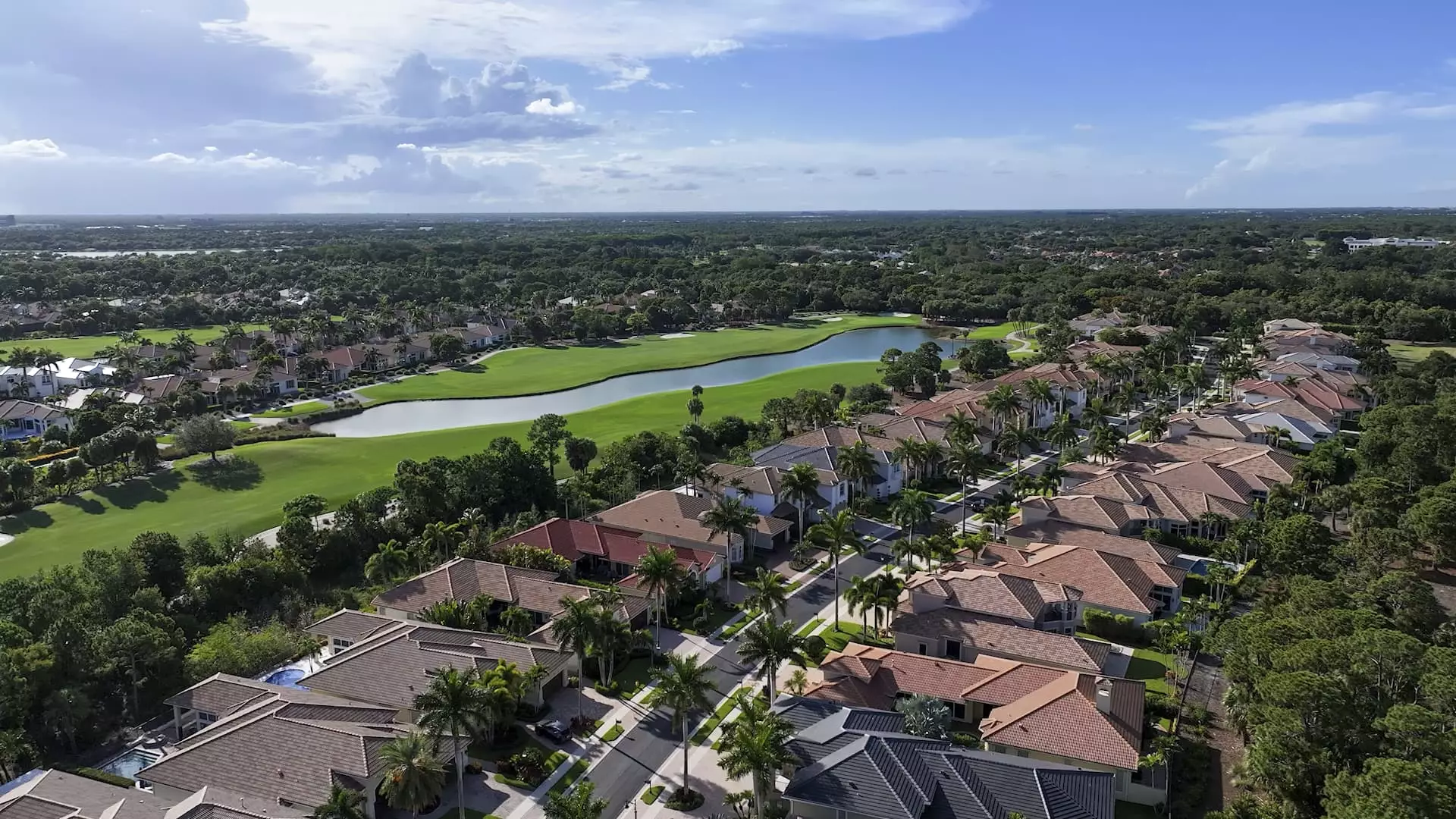Unveiling the Illusions of Gated Communities: A Deceptive Fortress or a Promise Broken?

Gated communities have long been touted as bastions of security, exclusivity, and luxury. However, beneath the pristine walls and manicured landscapes lies a complex reality that challenges their very appeal. While proponents argue that these enclaves provide peace of mind, evidence suggests that the primary allure may be more psychological than practical. In the United States, gates often serve less as barriers against violent crime—comparatively lower there—and more as symbols of status and control. The focus on gates as security measures oversimplifies the broader societal issues of crime and community engagement, rendering the phrase “security” somewhat hollow in this context. It’s easy to be captivated by the promise of safety, but a critical look reveals that these enclaves can foster social disconnect rather than genuine community resilience.
The High Cost of Perceived Prestige
While the premium paid for homes within gated communities—ranging from 5% to 20% above comparable properties—may look like a mere financial investment, it often masks a deeper social and economic stratification. Higher HOA fees and exclusivity serve as barriers that reinforce economic divides, creating a bubble that isolates residents from the realities of broader society. The allure of top-tier amenities, such as golf courses, private water access, and concierge services, caters to a desire for comfort and status rather than fundamental security. This obsession with material luxury perpetuates a cycle where property value appreciation becomes a primary goal, at the expense of fostering diverse, integrated communities. In essence, gated communities mirror societal inequalities rather than providing genuine refuge or social harmony.
The Illusion of Control and the Erosion of Social Fabric
Gated communities often promise control—over who enters, who stays, and how residents live—and in theory, this control can reduce unwanted disturbances. But in reality, such control can lead to social fragmentation. Restricted access breeds insularity, preventing meaningful interactions with outsiders and fostering a sense of us versus them. Over time, this can erode the social fabric essential for resilient communities. Moreover, the assumption that gates and security personnel are sufficient to deter crime ignores the broader societal challenges that underpin violence and disorder. The truth is, creating a fortress mentality might offer a momentary illusion of safety, but it does little to address the underlying causes of social unrest.
The Promises Versus the Reality of Lifestyle
Idealized portrayals of gated communities often emphasize leisure, luxury, and community—yet the reality can be starkly different. Rising HOA fees, mandatory upkeep, and restrictive rules may later turn out to be constraints rather than benefits. While amenities can improve quality of life for some, they also serve as marketing tools that mask the transactional nature of these enclaves. The promise of a secure, affluent lifestyle comes at a steep financial price and often results in social homogeneity that stifles diverse perspectives and experiences. For those who seek genuine community and meaningful security, the gated lifestyle may prove to be more of a mirage—an elaborate illusion concealing deeper societal issues, instead of a true refuge.
Gated communities are an elaborate construct that appeals to superficial notions of safety, status, and control, yet their underlying social costs are often overlooked. Far from being an unmitigated good, they reinforce inequalities, foster social division, and perpetuate an illusion that security can be bought and enclosed. The true challenge lies beyond walls and gates—building inclusive, resilient neighborhoods that address societal flaws rather than hiding behind them.





